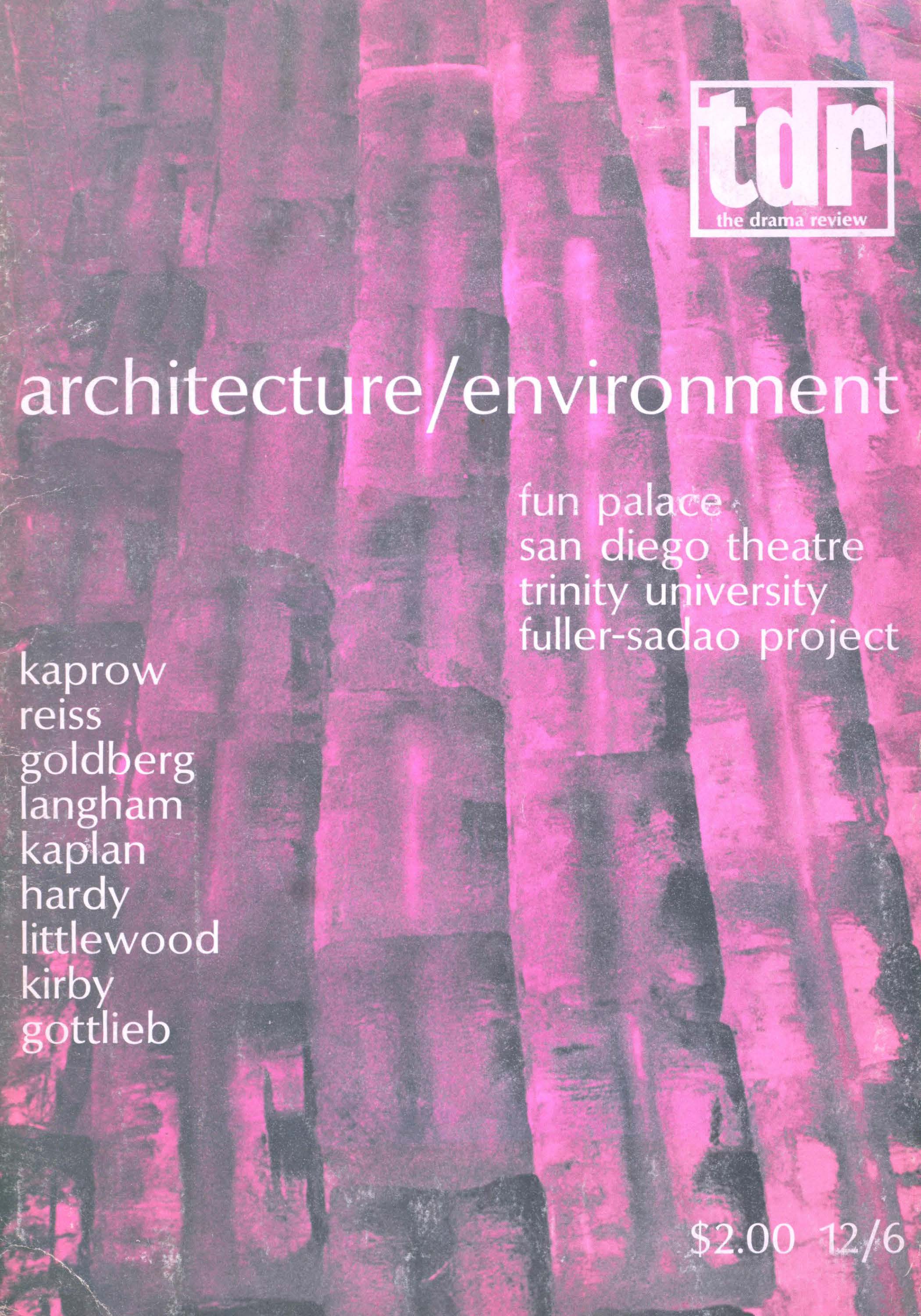No CrossRef data available.
Article contents
“Drive,” She Said: The Dance of Molissa Fenley
Published online by Cambridge University Press: 07 December 2021
Extract
Molissa Fenley's choreography bewilders the eye, entices the ear, and challenges both the memory and the intellect. Incessant, everchanging motion, saturated with polymorphous arm gestures, performed to a driving, repetitive, percussive beat, the dances are complex series of tensions between constancy and mutability, structure and disorder, abstraction and imagery, exoticism and familiarity, social and theatrical forms.
American dance audiences are accustomed to watching ballets composed of legible phrases, often matched to equally distinct musical patterns. The traditional modern dance creates a succession of expressive postures and gestures that prompt the spectator to arrange them in a narrative flow or a metaphoric gestalt. The achievement of post-modern dance was to isolate an even smaller unit of perception in dance—to frame the posture, gesture, or movement itself as the central subject of the dance—either by repetition or complexification.
- Type
- Contemporary
- Information
- Copyright
- Copyright © 1980 The Drama Review


